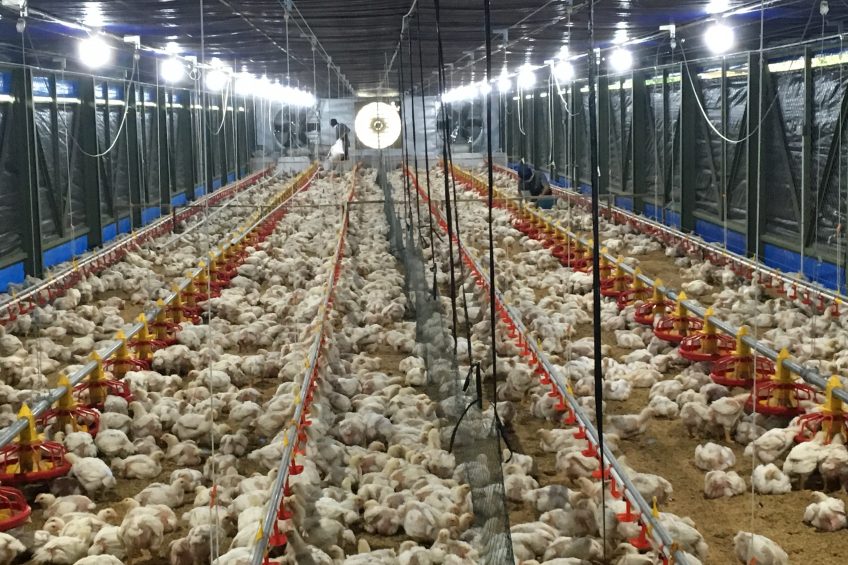Rabobank: Global poultry sector faces ongoing volatility

Ongoing volatility in trade, particularly with Brazil, will continue to challenge industry margins, according to the latest quarterly Rabobank report.
Restrictions on several Brazilian export plants, the ongoing impact of the quarter two truckers strike and the meat safeguard on Brazilian chicken imports set by China are all issues that could affect margins.
Another issue facing the global poultry sector is the rising volatility in global grain and oilseed prices as a result of the summer drought and trade issues.
And concerns about the latest avian influenza outbreaks are also rising with the approach of the Autumn wild bird migratory season.
Nan-Dirk Mulder, Rabobank senior analyst animal protein, commented that another issue, involving the pig sector, could also have an impact: “The recent African Swine Fever (ASF) outbreak in China can also impact global poultry markets.
“If the outbreak spreads quickly, significant liquidation of China’s pig herd could occur, pressuring all meat prices in China.
“This could reverse in 2019 with Chinese consumers turning from pork to poultry, pushing up local prices.”
Poultry performance good
But despite the challenges that lay ahead, it would wrong to paint too pessimistic a picture, as in reality, the global poultry industry’s performance is still good in most parts of the world.
The report says industries in Asia, Africa and Europe are currently making healthy margins, based on a balanced supply and demand. Strong margins are expected to be maintained in the EU with breast meat prices rising.
Imports from Brazil – down 11% in the second quarter – equivalent to 100,000 tonnes, will help the EU position. But there are concerns on the horizon about the impact of fast production growth in some central and Eastern European nations.
Rabobank expects to see a slowdown in quarter four in the US with chicken prices weakening and margins remaining soft. There is likely to be a rushing amount of chicken and other protein supplies. As a result, exports are likely to grow to countries such as Cuba, Vietnam and Taiwan.
Meanwhile, the “perfect storm” continues to buffer the Brazilian industry, which saw a historically high fall of 20% in exports during quarter two, particularly to Europe and Saudi Arabia. Overall, production fell by 5% in that quarter but is bouncing back.
However, the ongoing weakness of its currency may strengthen Brazil’s trade bargaining position.












